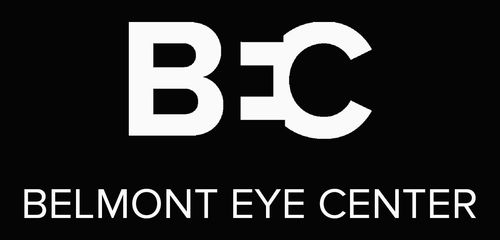Introduction
Lazy eye, medically known as amblyopia, is a common vision impairment in children. At Belmont Eye Center, we understand the importance of early detection and treatment. This article aims to provide parents and caregivers with essential information on identifying lazy eyes in children, ensuring timely and effective care.
Understanding Lazy Eye
What is Lazy Eye?
Amblyopia, or lazy eye, occurs when one eye fails to achieve normal visual acuity, despite the use of prescription glasses or contact lenses. It typically develops from birth up to age 7 years.
Causes of Lazy Eye
- Strabismus (misaligned eyes)
- Significant difference in prescription between the two eyes
- Cataracts or other pathological eye conditions
Signs of Lazy Eye in Children
Identifying lazy eye early is crucial for effective treatment. Parents should watch for:
- Squinting or Shutting One Eye: This can indicate that the child is trying to see better by using their stronger eye.
- Poor Depth Perception: Children with amblyopia may have difficulty judging distances.
- Eye Misalignment: Noticeable misalignment of the eyes can be a clear sign of lazy eye.
- Head Tilting: Children might tilt their heads to see better with their stronger eye.
- Lack of Interest in Detailed Activities: Difficulty focusing on activities like reading or puzzles can be a sign.
Diagnosis and Treatment
At Belmont Eye Center, our pediatric ophthalmologists use various methods to diagnose lazy eye. These include vision tests, physical examination of the eye, and assessing the child’s ability to follow objects with each eye.
Treatment Options:
- Corrective Eyewear: Glasses or contact lenses to correct vision discrepancies.
- Patching: Covering the stronger eye to strengthen the weaker one.
- Atropine Eye Drops: Temporarily blurring vision in the stronger eye to encourage use of the weaker eye.
- Vision Therapy: Exercises to improve coordination and focus.
The Importance of Early Intervention
Early detection and treatment of lazy eye are vital. Without treatment, children may experience reduced vision quality, impacting their learning and development. Regular eye exams are essential for early detection.
Conclusion
At Belmont Eye Center, we are committed to ensuring the best eye health for your children. If you suspect your child has a lazy eye, don’t hesitate to contact us for a comprehensive eye exam. Early intervention can lead to successful treatment, helping your child see the world more clearly.
Call to Action
Schedule an Appointment Today
For more information or to schedule an eye exam for your child, visit Belmont Eye Center’s website or contact us directly. Our team is here to provide expert care for your family’s eye health needs.
